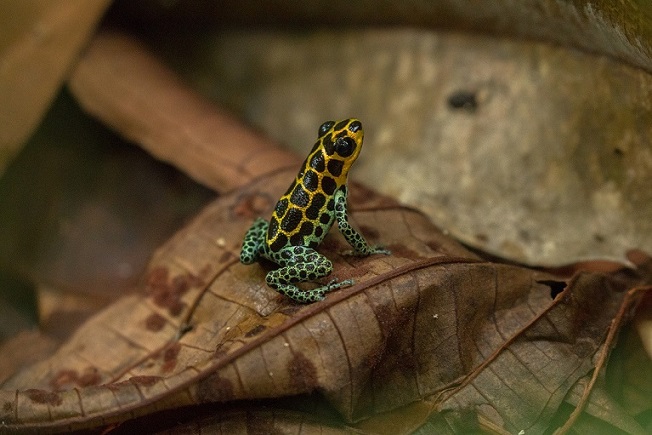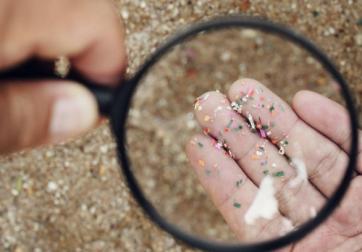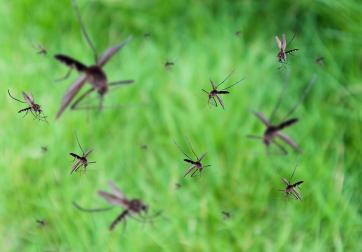The Amazon Rainforest is the last terrestrial ecosystem that is unexplored. We do not know all the species of plants and animals living within the jungle environment. Some indigenous people have never been outside the rainforest, and the outside world has had no contact with them.
Located in South America, the Amazon Rainforest is the largest tropical jungle in the world. It is 6.9 million square kilometers or 2.72 million square miles. The Amazon Rainforest is the size of the forty-eight contiguous United States and covers forty percent of the South American continent. The jungle spreads into nine countries, Brazil, Bolivia, Peru, Ecuador, Columbia, Venezuela, Guyana, Suriname, and French Guiana. Biogeographically, the Guianas are outside the Amazon basin.
The largest river by volume is the Amazon River, with over one thousand tributaries. It’s volume is twelve times larger than the Mississippi River in the United States.
Thirty percent of the world's species exist in the Amazon Rainforest. It has over two hundred thousand plant species, of which forty thousand play a critical role in regulating the global climate, including rainfall patterns in the United States. Sixteen thousand tree species, and two and a half million insect species call the Amazon Rainforest home. The Amazon Rainforest is home to forty-seven million people. Two million of the population are indigenous. Some have never had contact with the outside world. They have been viewed only by drones. You can only imagine the fear they must feel seeing a drone fly by!
Maps in Ecuador indicate "A Forbidden Zone for Mankind." The warning is for traveling in areas of the jungle. The danger of the Amazon Rainforest is the animals and insects that cause injury and death. Carnivorous fish, piranhas, in a school of 300-500, can kill an adult human in five minutes. The electric eel can release one thousand volts. Caiman and Jaguar are swift and can kill in seconds. Insects, vampire bats, parasites, anacondas, highly toxic poison dart frogs, and the other species we do not know can kill. Some of the indigenous people still practice headhunting.

Why are plants going extinct? It is estimated three hundred ninety billion individual trees inhabit the rainforest. Yet, deforestation is a concern. Estimated extinction rate is between 0.2 and 0.3 percent of rainforest species lost annually. Extinction is due to logging, ranching, commercial development, mining, and farming. Cattle ranching accounts for seventy percent of deforestation. The rainforest total area cleared to date is about twelve percent. Brasília, the capital of Brazil, was built on cleared land.
Seventy percent of all medication comes from plants. Many medications have come from the Amazon Rainforest to treat Cancer, AIDS, Diabetes, and Multiple Sclerosis, to name a few. There are potentially more to discover.
Deforestation of the Amazon Rainforest may affect the entire world. What is the future of our last terrestrial ecosystem?

 Board Member Login
Board Member Login Our Store
Our Store Blog
Blog





